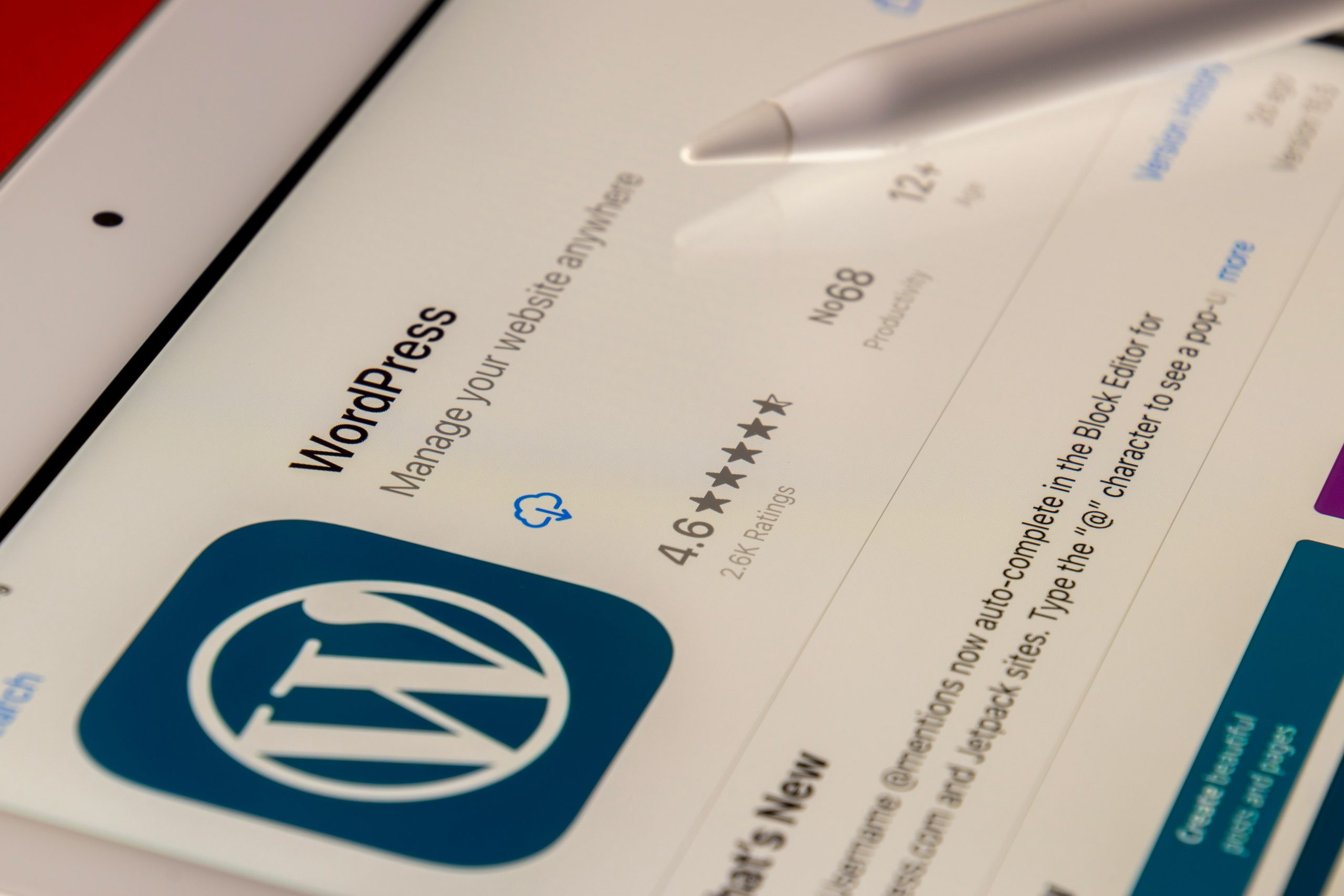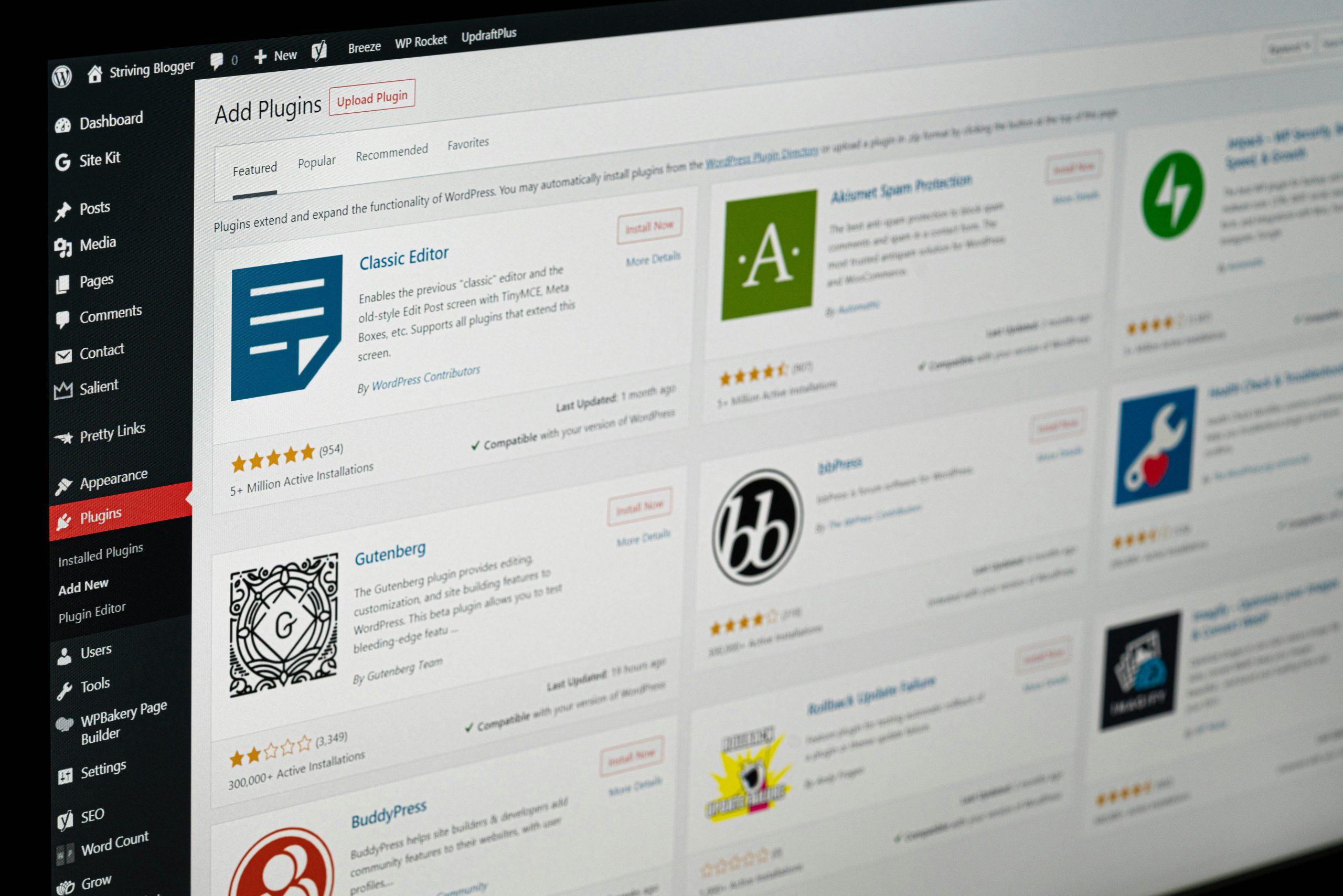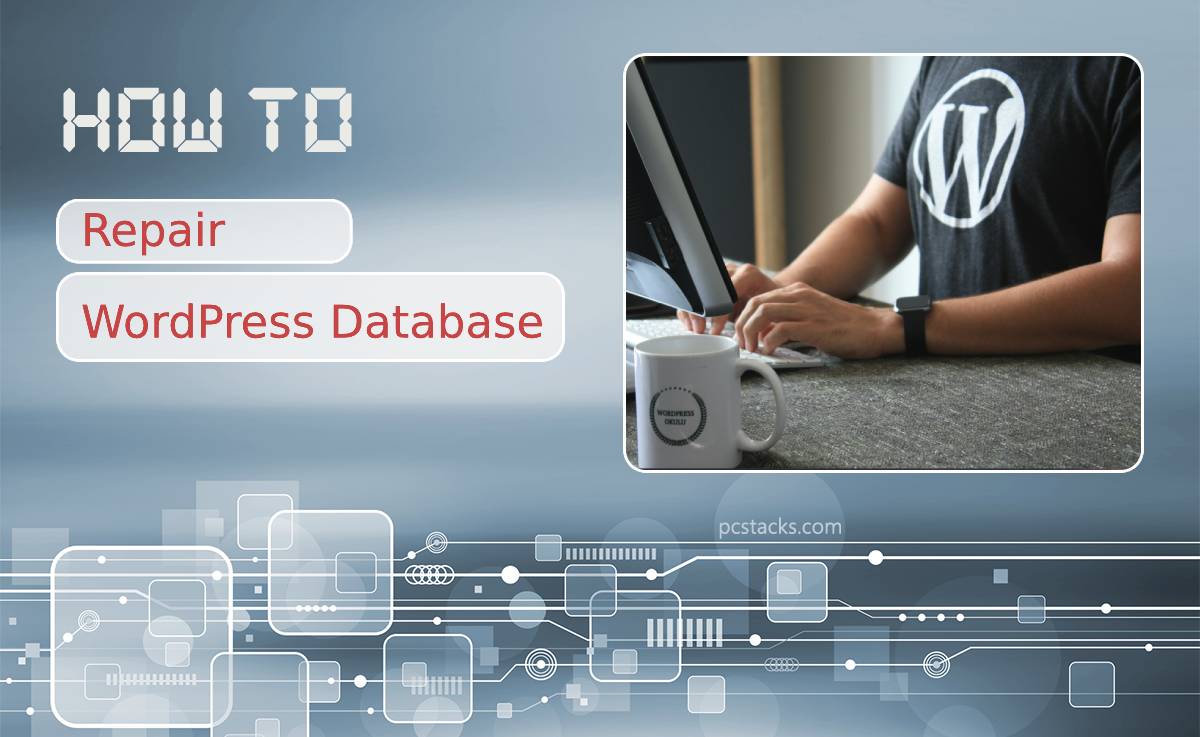WordPress is a powerful platform for building websites, but even the most robust systems can encounter database issues. Picture this: you’ve spent countless hours fine-tuning your WordPress site, only to be faced with a dreaded error message indicating database corruption. Fear not, for in the digital realm, there exists a way to unravel this perplexing conundrum and restore your website’s functionality to its former glory! In this comprehensive guide on how to repair WordPress database, we will delve into the intricate world of database management and equip you with the knowledge and tools necessary to conquer any obstacles that may come your way. So grab your virtual toolbox and join us as we embark on a journey towards reclaiming the heart of your online presence!
Table of Contents
Understanding WordPress Database Errors
WordPress database errors can be daunting for website owners, but understanding them is the first step to resolving issues efficiently. These errors often stem from problems with the configuration settings, plugin conflicts, or corrupted data tables. By familiarizing yourself with common database error codes like Error Establishing a Database Connection or Database Update Required, you can pinpoint the root cause of the issue more effectively.
Furthermore, delving into the error logs can provide valuable clues about what went wrong in your WordPress database. It’s essential to regularly check these logs to stay ahead of any potential issues and address them promptly. Additionally, considering tools like phpMyAdmin for database management tasks can simplify troubleshooting processes and help resolve errors swiftly without compromising your website’s functionality. Mastering WordPress database errors empowers website owners to maintain a healthy and stable online presence while ensuring seamless user experiences.

Backup Your WordPress Website
Backing up your WordPress website is like having an insurance policy for your precious online content. Imagine the frustration of losing all your blog posts, customer data, and design customizations due to a technical glitch or a malicious attack. By regularly backing up your website, you can safeguard against such disasters and ensure the continuity of your online presence.
However, just creating backups is not enough; it’s essential to also store them in secure locations. Consider using cloud storage services or remote servers to store your backups. This double-layered approach minimizes the risk of data loss even if something were to happen to your primary server. Remember that having a reliable backup strategy not only provides peace of mind but also saves you invaluable time and effort in case any unforeseen incidents occur on your WordPress site.
Identify and Fix Corrupted Tables
Identifying and fixing corrupted tables in a WordPress database is crucial for maintaining the integrity of your website. One way to identify corrupted tables is by using the phpMyAdmin tool, which allows you to check the database tables for any errors or inconsistencies. Look out for warning signs such as slow loading times, error messages, or missing data on your website.
Once you’ve identified the corrupted tables, it’s essential to fix them promptly to prevent any further damage to your website. One solution is to use the Repair Table feature in phpMyAdmin, which can help automatically repair minor issues within the database tables. For more severe cases of corruption, you may need to manually repair the tables by running SQL queries or restoring from a recent backup.
Remember that regular maintenance and monitoring of your WordPress database can help prevent future instances of table corruption. By staying proactive and addressing any issues promptly, you can ensure that your website remains secure and efficient for both you and your visitors.

Use a Plugin
One of the most powerful tools for repairing your WordPress database is using a plugin like WP Reset. This tool allows you to reset your entire WordPress installation back to its original state, effectively wiping out any errors or corrupted data. By doing this, you can start fresh without losing any essential content or settings.
WP Reset also offers the flexibility to selectively reset certain aspects of your site, giving you more granular control over the repair process. This can be incredibly useful in situations where only specific parts of your database need fixing while leaving the rest untouched. Additionally, plugins like WP Reset offer a user-friendly interface that makes it easy for even novice users to handle complex database repairs with confidence and efficiency.
Optimizing Your WordPress Database
Optimizing your WordPress database is like giving your website a much-needed spring cleaning. By regularly optimizing and cleaning up your database, you can improve the overall performance of your site and ensure it runs smoothly for visitors. One key way to optimize your database is by removing unnecessary data such as spam comments, drafts, revisions, and temporary options that accumulate over time.
Another effective method for optimizing your WordPress database is through the use of plugins designed specifically for this task. Plugins like WP-Optimize or WP Sweep can help automate the process of optimizing and cleaning up your database, saving you time and simplifying the maintenance process. Additionally, optimizing your database can also lead to faster load times for your website, better SEO rankings, and a more efficient user experience overall. By making database optimization a regular part of your website maintenance routine, you can ensure that your WordPress site remains in top-notch condition at all times.

Checking for Plugin Conflicts
When troubleshooting issues with your WordPress database, it’s essential to check for plugin conflicts. Incompatibilities between plugins can cause errors and affect the overall performance of your website. Start by deactivating all plugins and then reactivate them one by one to identify which one is causing the conflict. This process may be time-consuming but is crucial in pinpointing the root of the problem.
A helpful strategy is to use a plugin conflict checker tool that can streamline the process and quickly highlight any compatibility issues. By efficiently identifying and resolving plugin conflicts, you can ensure that your WordPress website operates smoothly and without any disruptions. Taking proactive steps to address these conflicts will contribute to maintaining a stable and optimized database environment for better user experience on your site.
Conclusion: Importance of Regular Maintenance
Regular maintenance is the unsung hero of any successful website operation. It is the backbone that upholds the integrity and functionality of a WordPress database, ensuring smooth performance and security. Neglecting regular maintenance can lead to a cascade of issues such as slow loading times, broken links, and potential security vulnerabilities.
By staying on top of regular maintenance tasks like database optimization, backups, plugin updates, and security checks, you are investing in the longevity and reliability of your website. Think of it as preventive care for your digital asset – a proactive approach that saves you time, money, and headaches in the long run. Regular maintenance not only enhances user experience but also boosts SEO rankings by keeping your site at peak performance levels. Embrace regular maintenance as an essential practice to safeguard the heart of your online presence – your WordPress database.




